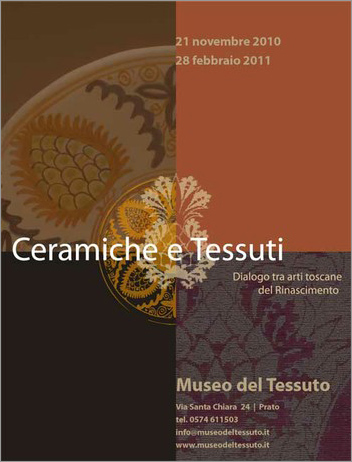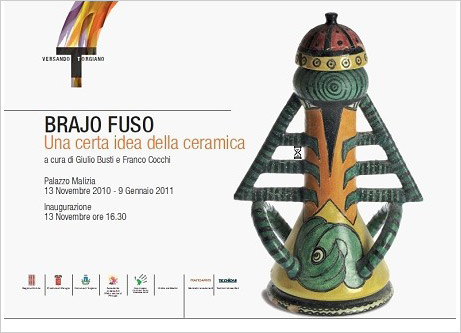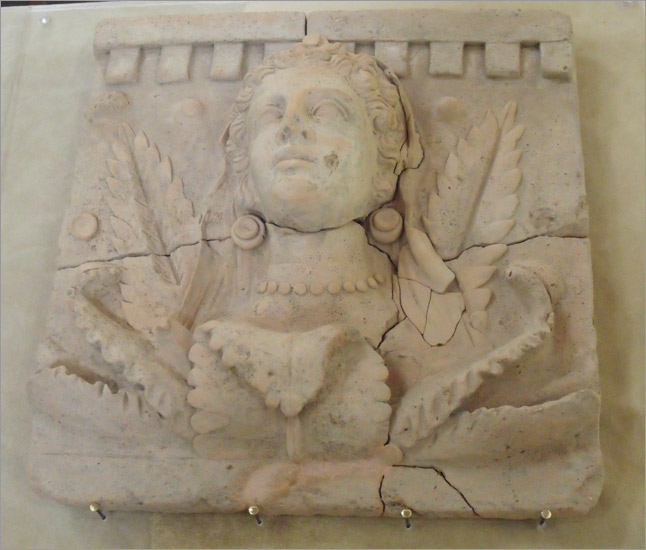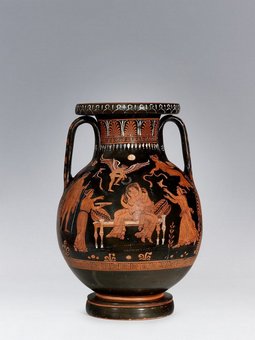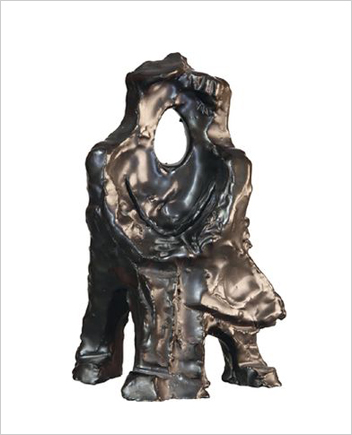Dec. 11, 2010 – Jan. 9, 2011
Otranto – Italy
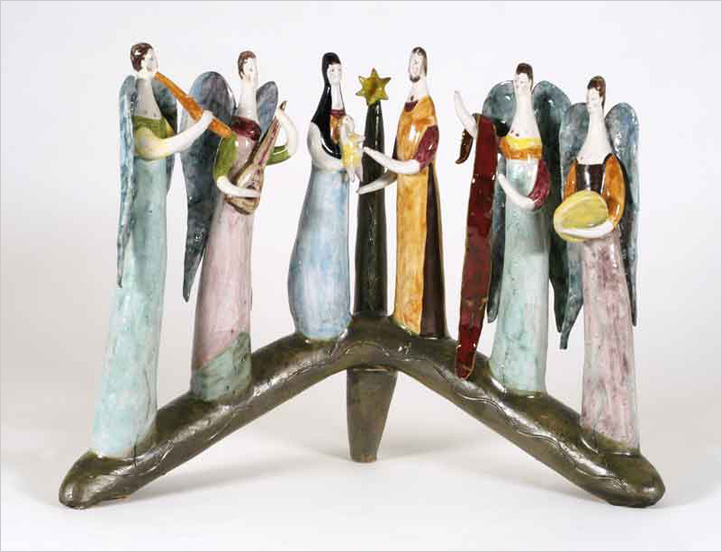 Grottaglie has been a hot spot for pottery making in Italy since the Middle Ages thanks to its distinctive style and its varied shapes.
Grottaglie has been a hot spot for pottery making in Italy since the Middle Ages thanks to its distinctive style and its varied shapes.
The production of Nativity scenes made of painted terracotta started in the 19th century. The figurines were very small: shepherds, angels, the three Kings, Mary, Joseph and Jesus being the key miniature characters of a tiny yet detailed landscape.
At the end of the 19th century the Nativity scenes made in Grottaglie were so popular that many pottery makers specialized in this peculiar art, making celebrated masterpieces. The most famous artists were Petraroli, Manigrasso, Micera, Esposito, Peluso.

